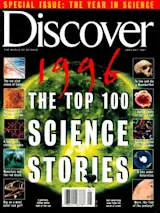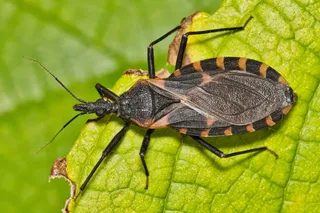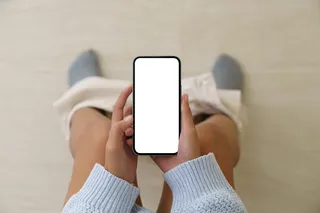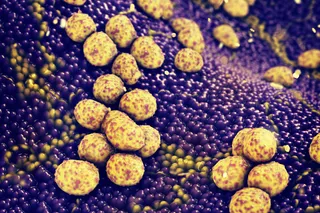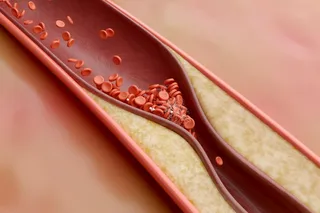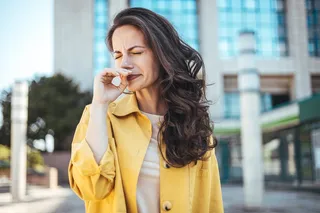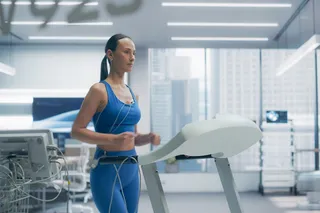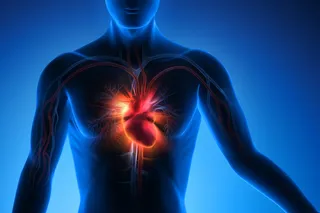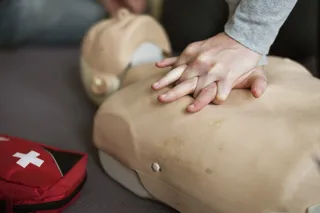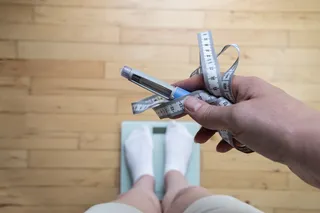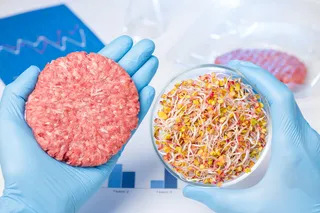After a stroke has done its worst, killing brain cells by cutting off or drastically reducing their blood supply, healthy cells will often fill the functional breach. But what’s the best way to encourage them? Last June, neurobiologist Randolph Nudo and his colleagues at the University of Texas Health Science Center published a study suggesting that physical therapy is just as effective as drug therapy after a stroke.
Using a microelectrode probe, the researchers stimulated neurons in the motor cortices of 13 adult squirrel monkeys, precisely mapping the areas responsible for limb movement. Then in 9 of the monkeys they mimicked strokes by creating small lesions in a region of the brain that partially controls the hand. In the month that followed, 4 of the 9 monkeys were retrained in fine motor skills with a repetitive exercise--they practised extracting pellets from cylindrical wells with their fingers. The other 5 monkeys ...


